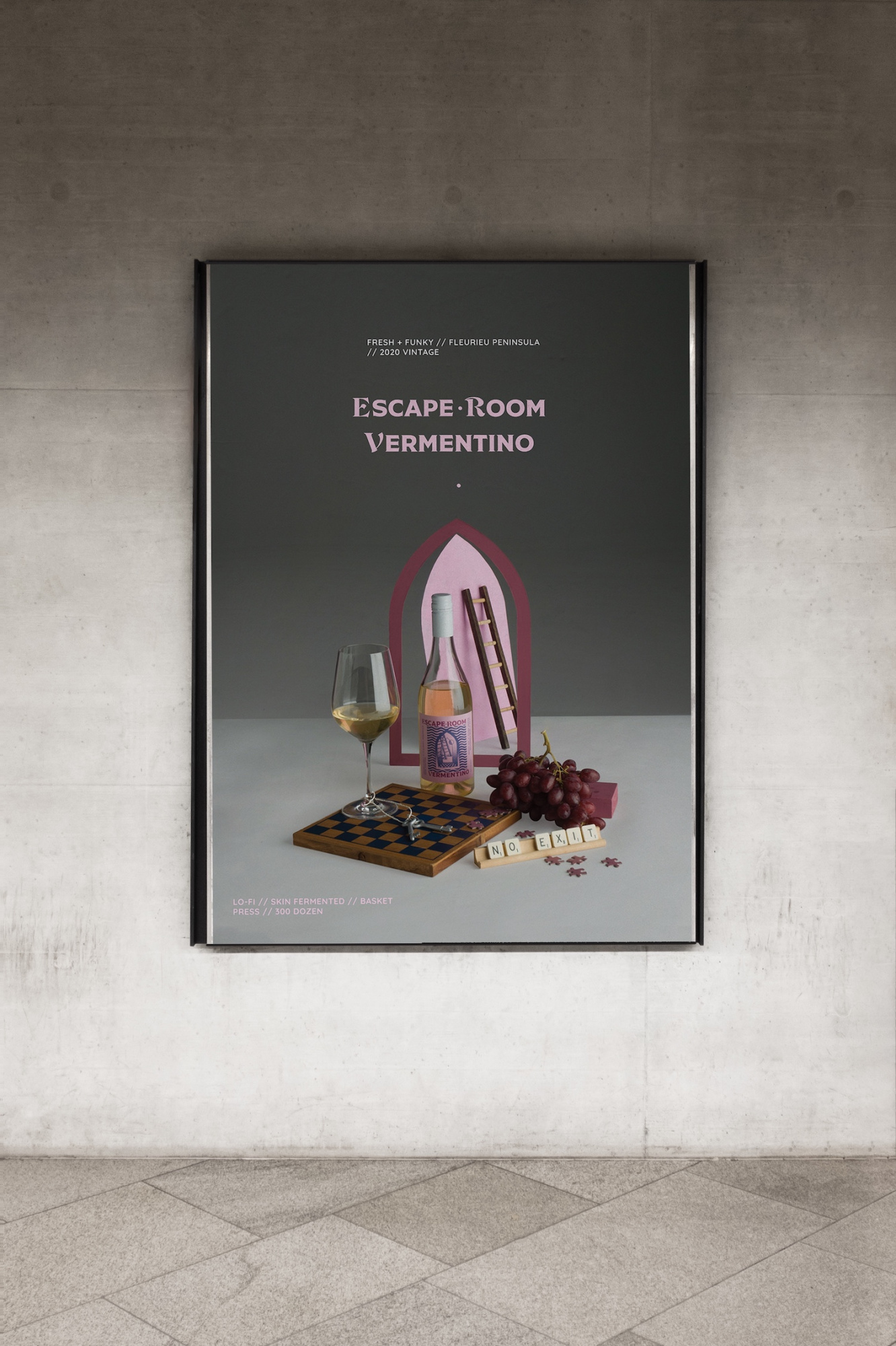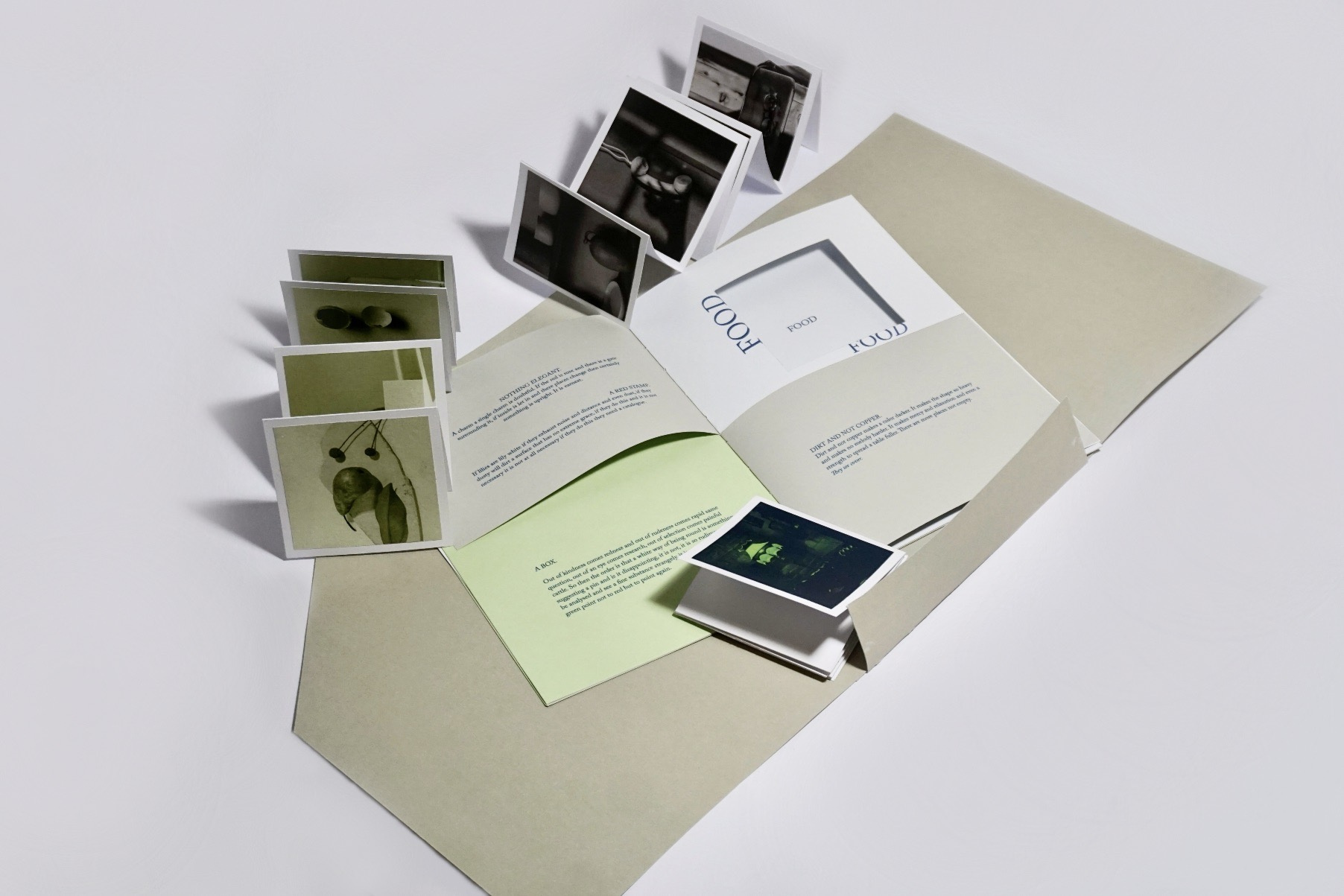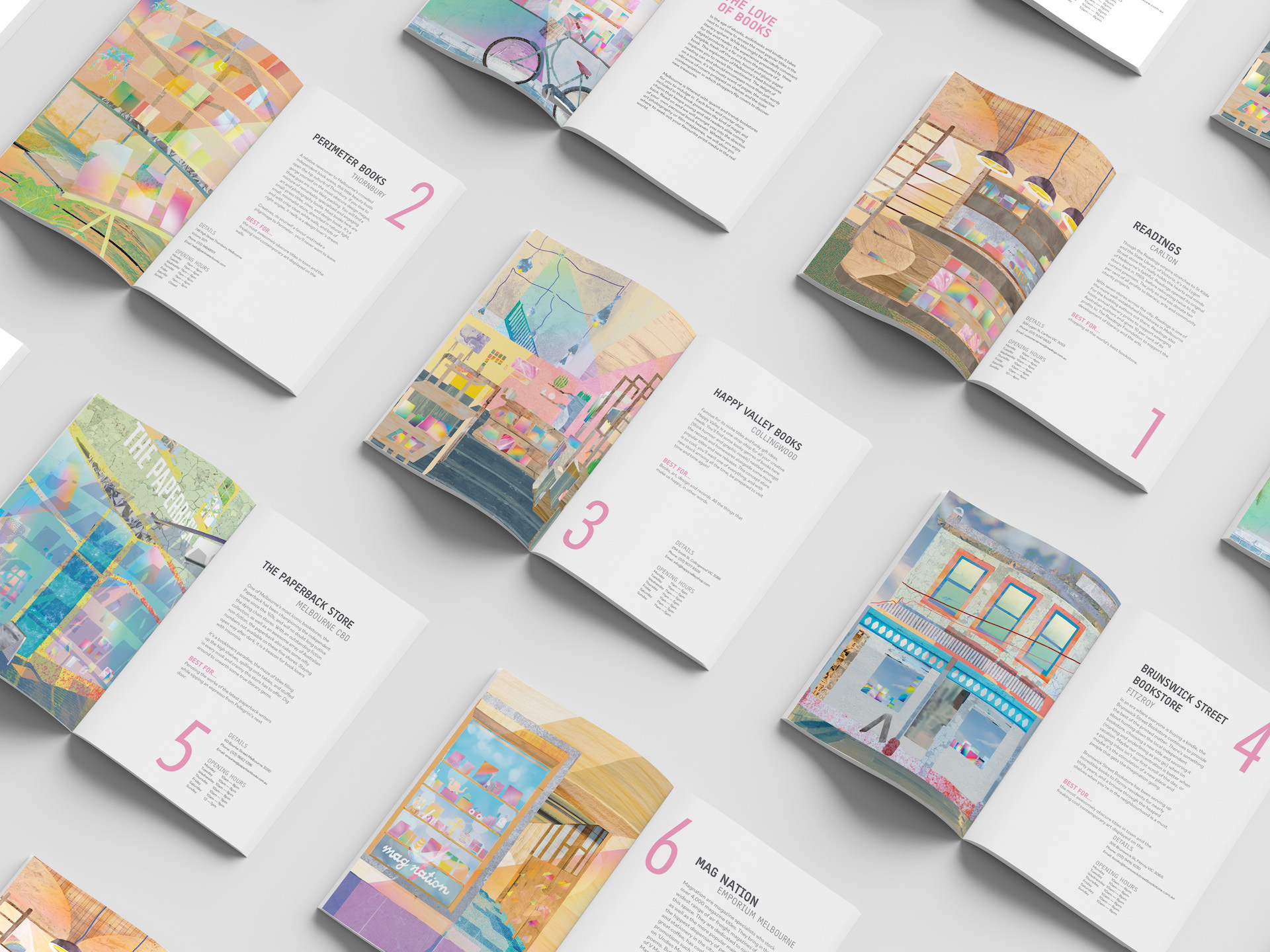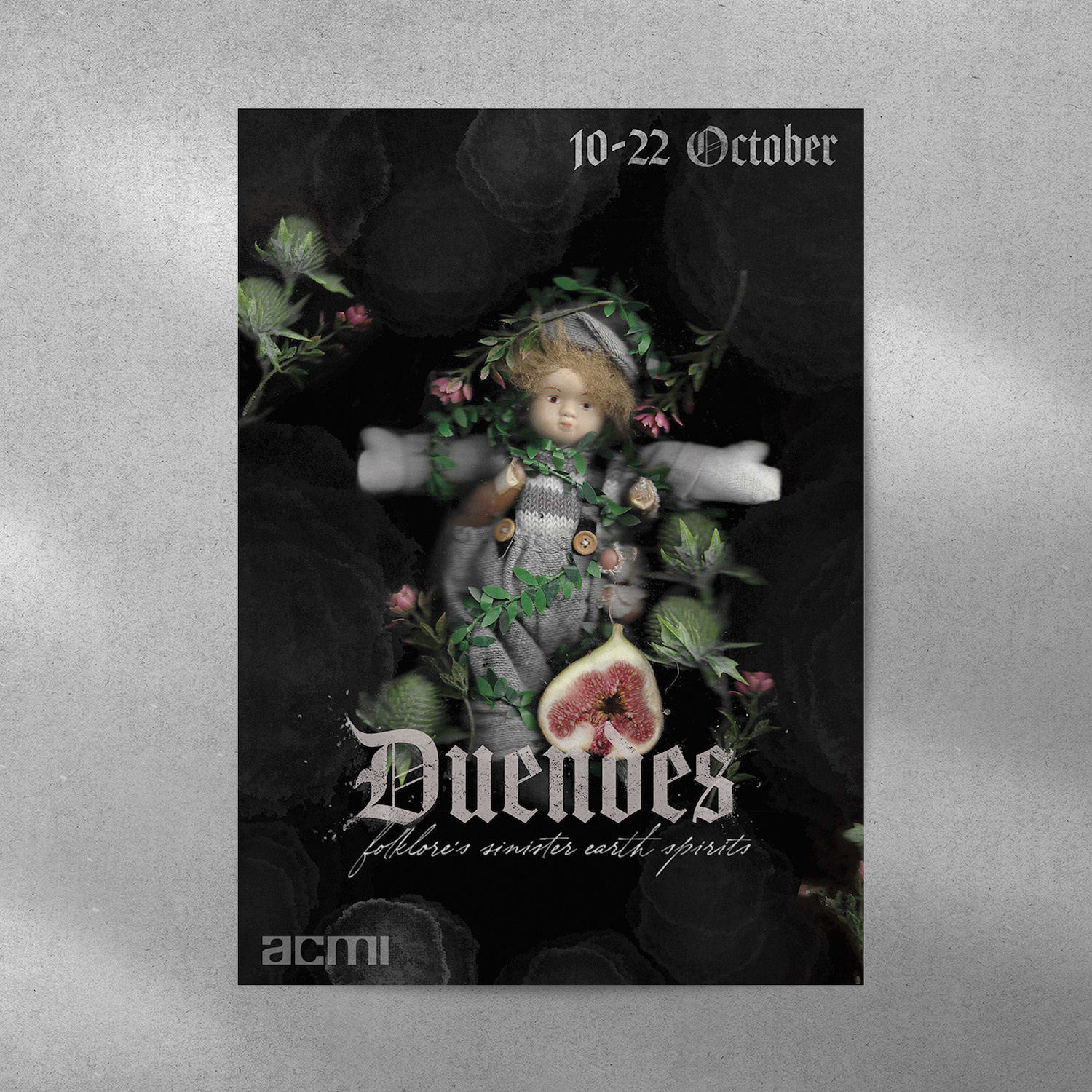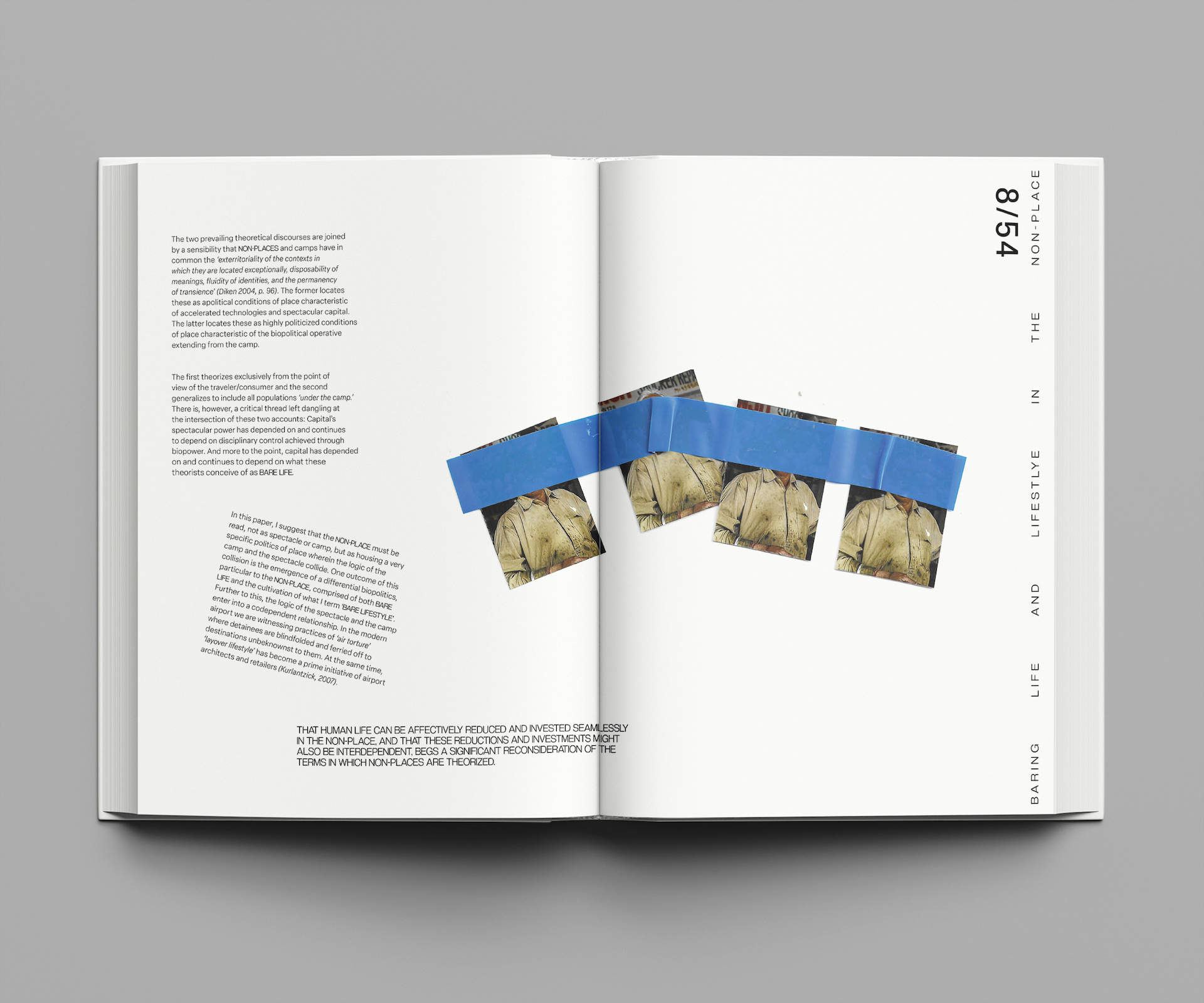Ciara Croft is a recent design graduate with a passion for design that is unique and captivating. Her journey into the world of design began with a curiosity for aesthetics and storytelling. Armed with a passion for creativity, she’s excited to sink her teeth into the design world.
Ciara is not only driven to produce visually captivating designs, but also to guarantee their effective communication, resonance with audiences, and positive impact. She strongly advocates for the integration of sustainability and empathy into all design.
Enamoured by the design process, she enjoys that each new project presents her the opportunity to expand her horizons, delve into new design realms, and gain insights into different design methodologies. She views her design journey as a colourful tapestry of exploration. She finds inspiration in various art styles, from minimalism to maximalism, and everything in between. This adaptability allows her to mold her style to suit the unique needs of each project.
Her greatest excitements in the design field include publication design, Image-making and typography. She’s positively buzzing about the possibilities of book design. She aspires to further her versatility as a creative professional, with a well-round and diverse skill set. Cooking and reading are her competing loves.
